Putting together lists like this is a personal process. Heidegger, when asked if it was important to know the biographical details of philosophers, replied “What was Aristotle’s life?’ Well, the answer lay in a single sentence: ‘He was born, he thought, he died.’ And all the rest is pure anecdote.” In other words, everything a writer writes is autobiographical, whether or not they purport it to be so. Looking at this list and the things I said about each work simply reinforces that. What was my life like in the 2010s? What works affected me the most? Which were the most memorable? Which comics were the most sublime?
My critical process is intuitive, to be sure, but there are things that I always look for. There’s a lot of memoir on this list, but no two of them are alike. All I ask from an artist doing a memoir is: spill some ink. Share your pain, and your love, and your grief, even if you feel hesitant. Funny comics have to make me laugh, on several levels. The funniest comics are often the most painful ones. Fictional stories need to really grab me and force me to invest in the character’s lives. Experimental comics need to have levels other than simple formal innovation to move me. The comics on this list inspired me to go deep when I wrote about them. I am grateful to the artists for giving me so much material to think about and delve into. There are many more comics I could have added to this list (I plan on publishing #21-30 on my blog later), but a hard limit is a hard limit.
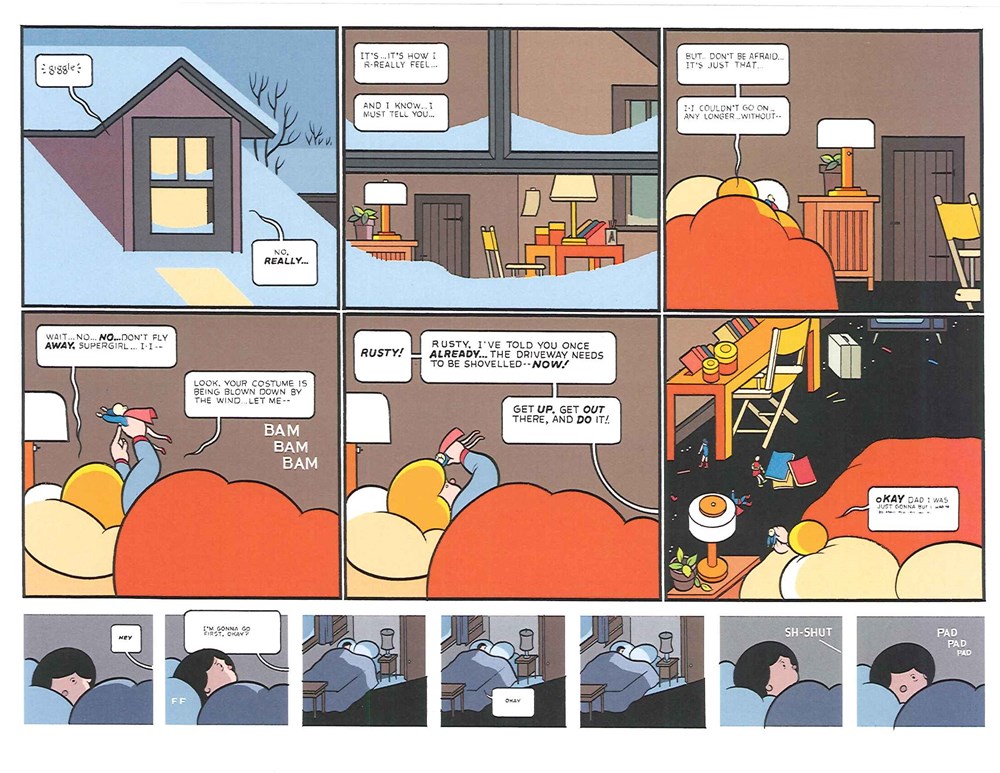
1. Rusty Brown, by Chris Ware (Pantheon, 2019) – Ware’s jet-black sense of humor, astounding improvisational skill, deeply humane concerns as an artist, and epic ambition found a home in the first half of his magnum opus. Focusing on a handful of individuals at a school during a brief window of time, Ware expands upon each of their stories in turn. Ware’s emphasis is on not just the ways in which our actions have an effect on others, but also how little we know about the lives of others. Trauma, mental illness, and the capacity for both human cruelty and kindness in a given moment are among its many themes. Ware’s detailed visuals are frequently beautiful and intricate for their own sake, but his innovative techniques as a storyteller solve any number of problems in how to portray grief, longing, and regret. This is a comic that rightly demands time and attention from its readers.
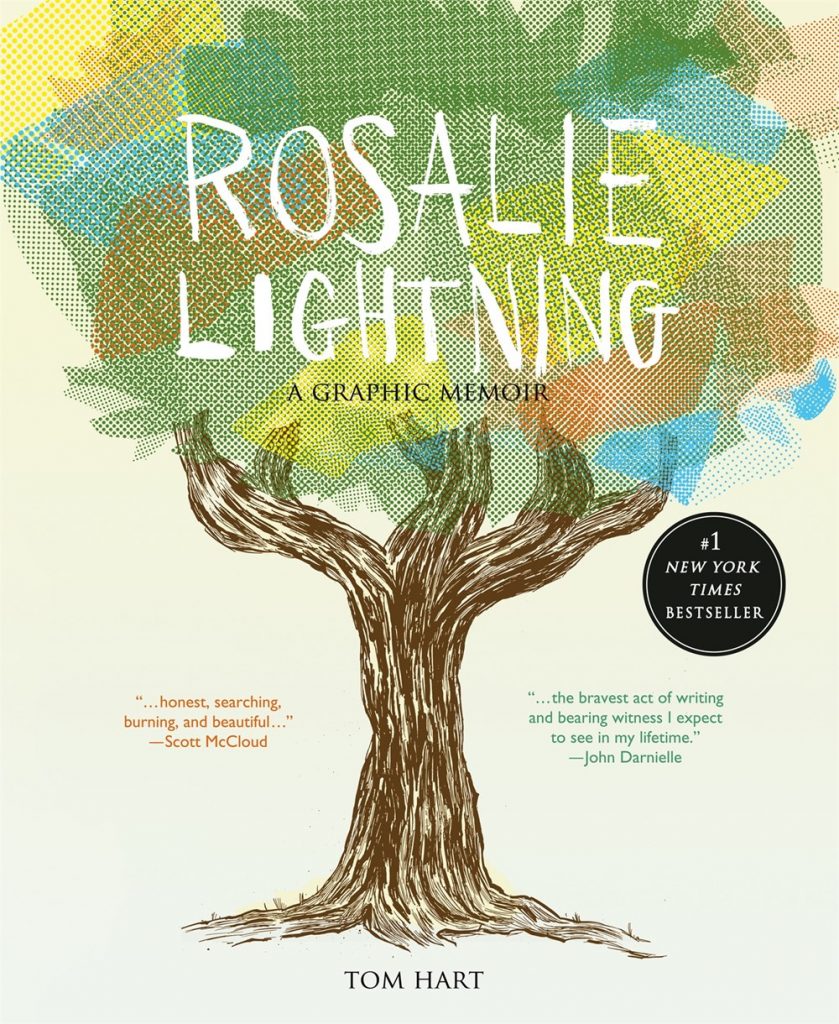
2. Rosalie Lightning, by Tom Hart (Macmillan, 2016) – Hart’s memoir about the death of his young daughter is a howl of anger and despair, a moving remembrance, and an almost ritualistic process of public mourning and healing. It’s also a display of masterful cartooning by one of the greats and a magnificent literary work. Hart works in layers of allusion, callbacks, and visually poetic images. Above all else, it acknowledges the hardest truth of all: that Rosalie was here, and now she’s not, and that while it is painful to remember, she must not be forgotten.
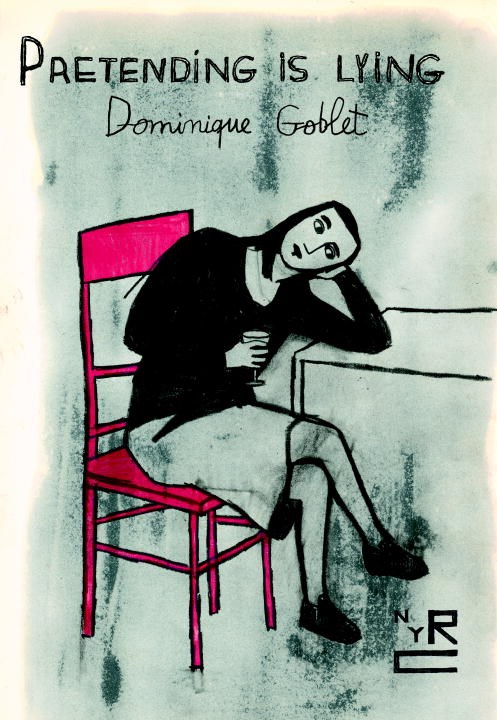
3. Pretending Is Lying, by Dominique Goblet (New York Review Books, 2017) – This is a memoir about the artifice of creating an autobiography. Goblet makes the reader aware of this, yet the book is still a powerfully affecting account of key familial relationships in her life. Goblet is less interested in events as they are perceived than she is in emotional truths, fully acknowledging that everyone is capable of being a monster or an angel in a given moment or memory. By eschewing easy, reductive characterizations and embracing her changing art style over time, Goblet shows how the same event can feel different when it is perceived at different points in time.
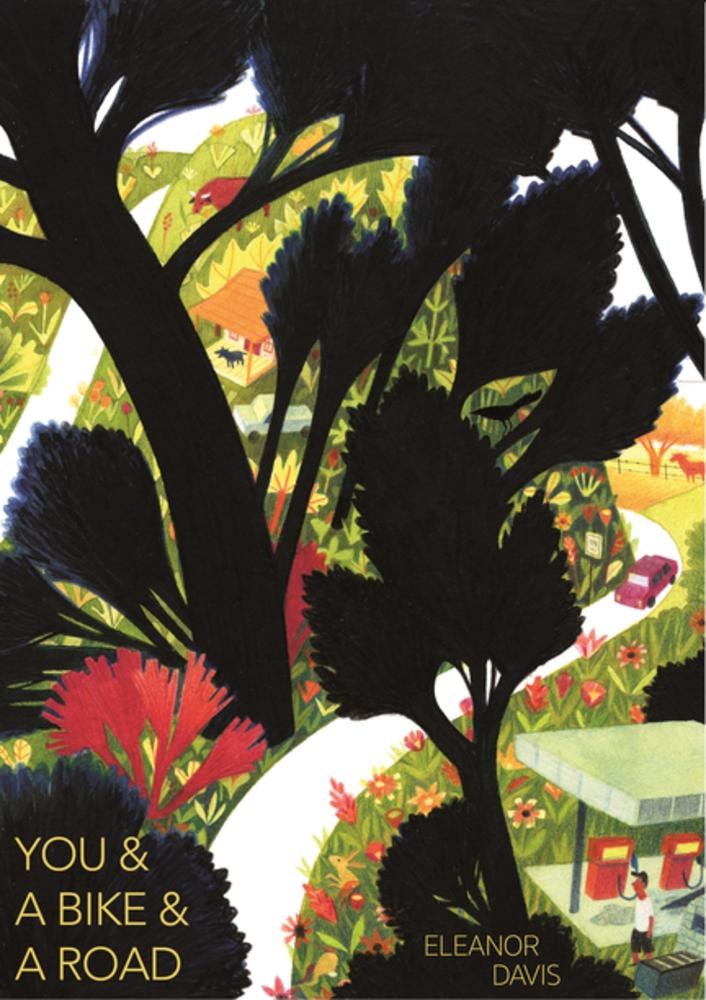
4. You & A Bike & A Road, by Eleanor Davis (Koyama Press, 2017) – Davis is my choice for the cartoonist who had the best body of work in the 2010s. What’s remarkable about her oeuvre is how varied it is: memoir, YA adventure, early reader comics, erotica, experimental fiction, slice-of-life, political comics, and much more. The through-line in all of her comics is the topic of mental health: the ways in which it’s warped, the ways in which we find methods to repair it, the ways in which art addresses it, and much more. You, A Bike, And A Road is a memoir that directly addresses her own depression as she undertakes a cross-country bicycle trip as a way of confronting her darkest feelings Her expressive, immediate line captures both the stark beauty of her surroundings, as well as her own emotional narrative, with sensitivity and compassion.
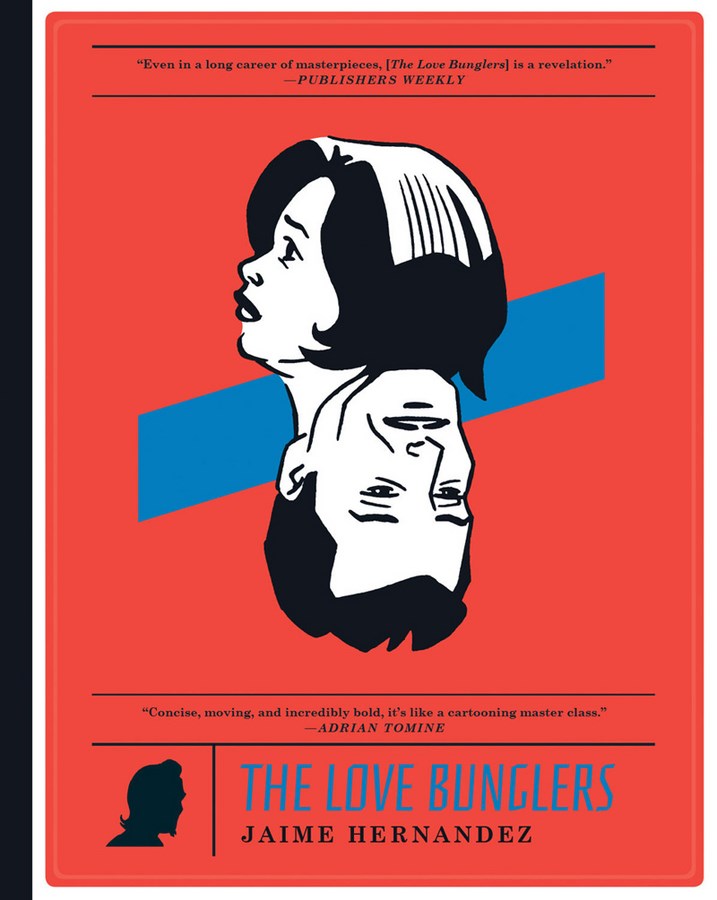
5. The Love Bunglers, by Jaime Hernandez (Fantagraphics, 2014) – Hernandez has always flashed back and forth in time in telling the stories of Maggie Chascarillo and Hopie Glass. This story is all about how unresolved trauma can lead to self-sabotage in horrific ways for Maggie and her tragic younger brother Calvin. Long-time fans of the series will delight in scores of visual callbacks, but even new readers will be able to understand the emotional impact of the ending and the theme of seizing opportunities for love when they arise. It is also an astonishing, seamless work of cartooning that relays years’ worth of emotions with a simple gesture.
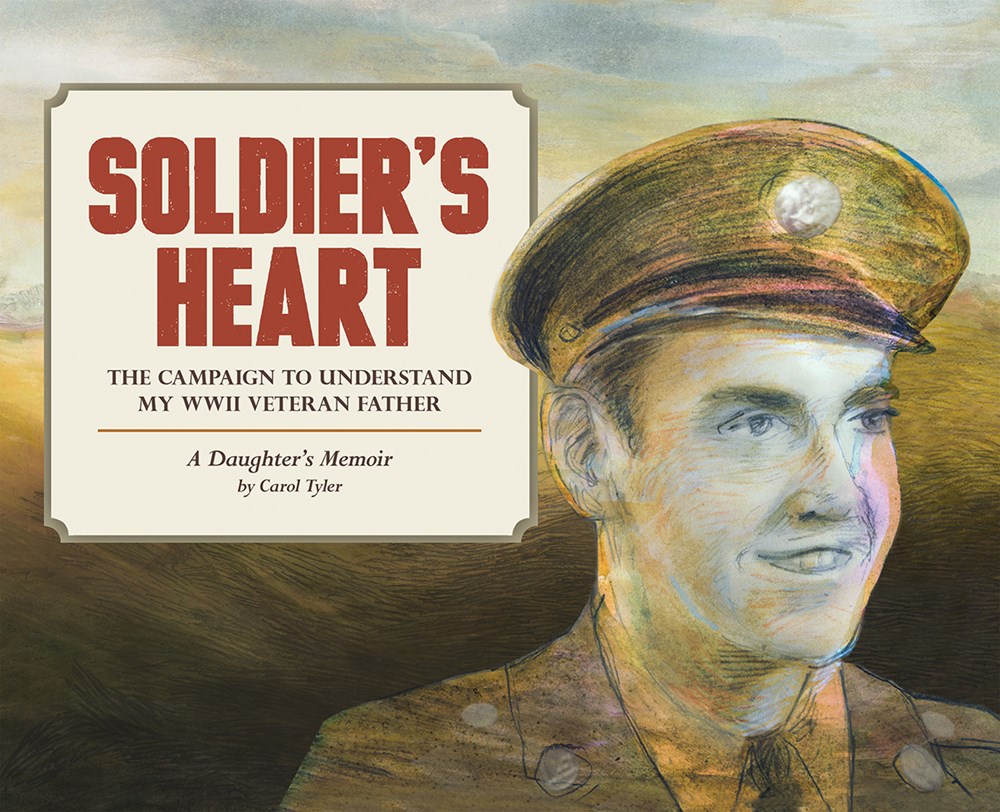
6. Soldier’s Heart, by Carol Tyler (Fantagraphics, 2015) – This epic family memoir stemmed from a single question for Tyler: “Why is my father incapable of showing me love?” The result was a sweeping, complex, and painfully intimate story encompassing her father’s World War II journals, Tyler’s own struggles with trauma stemming from her childhood and marriage, and the mental health issues of her daughter. Tyler mixes her painterly style with exquisitely expressive cartooning as a way of getting at powerful, existential questions and the consequences of unprocessed trauma and grief.
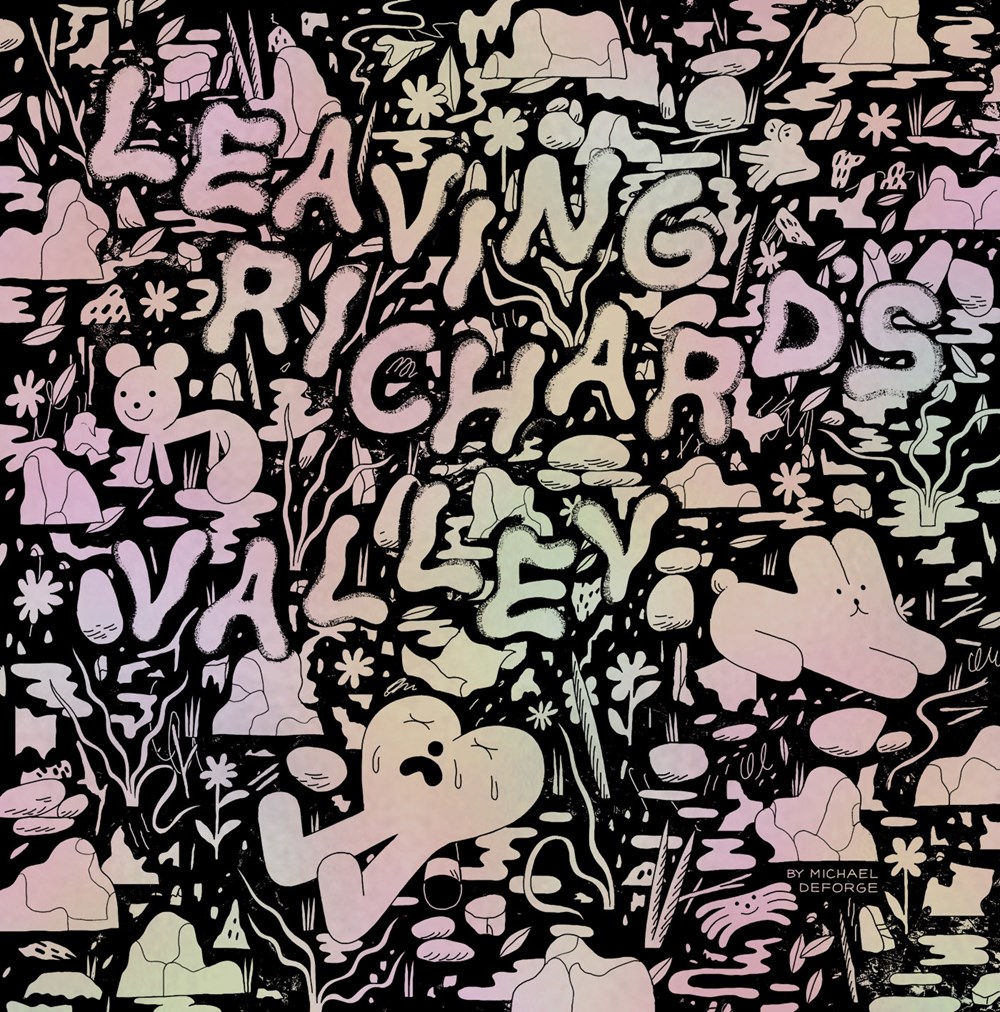
7. Leaving Richard’s Valley, by Michael DeForge (Drawn & Quarterly, 2019) – DeForge is right behind Eleanor Davis in terms of the best body of work in this decade, and this collected web series is his magnum opus. It’s simultaneously his most ambitious and accessible comic. A huge cast of people and anthropomorphic animals provides fodder for commentary on celebrity culture, punk rock, cults of personality, unfettered capitalism, and gentrification. It also deeply addresses various problems related to ethics, including how systems play out, what we owe to each other, and how love can be problematic. His visual approach runs from looping stick figures to highly detailed naturalism, but every stylistic turn is entirely in the service of the narrative.
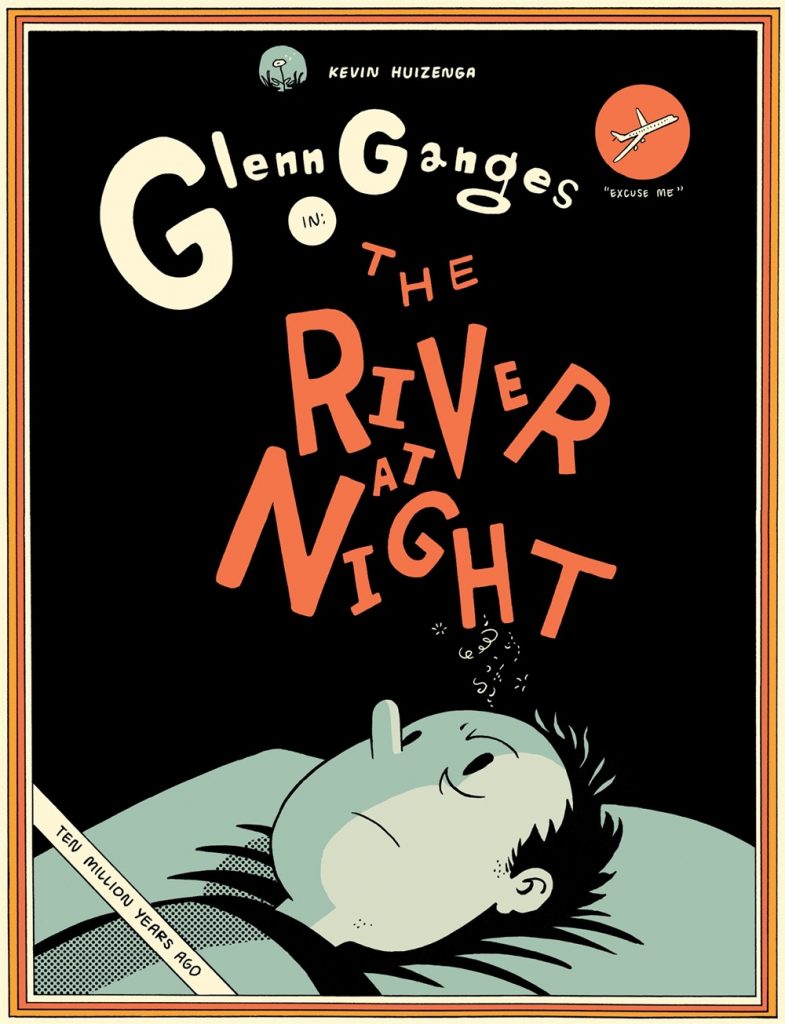
8. The River At Night, by Kevin Huizenga (Drawn & Quarterly, 2019) – Huizenga’s comics investigate cognition, perception, consciousness, and phenomenology. This book encapsulates all of that, as his everyman character, Glenn Ganges, struggles to fall asleep one night. Huizenga creates his own comics language steeped in traditions that go back as far as George Herriman in order to illustrate ideas that are difficult to explain using words. The result is an absorbing, challenging, and deeply empathetic take on the human condition.
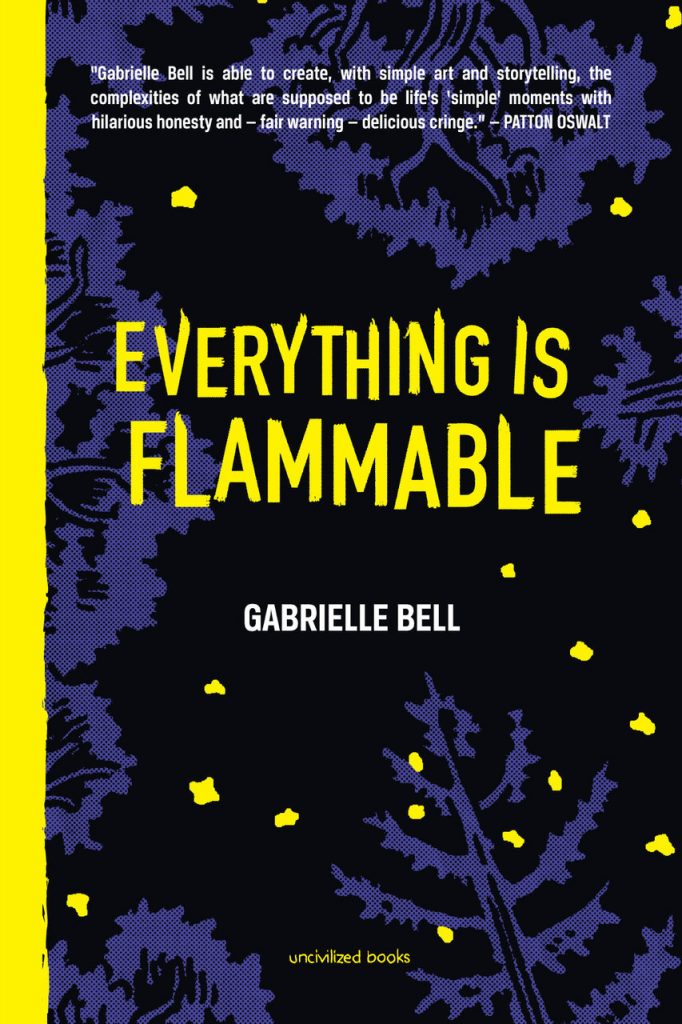
9. Everything Is Flammable, by Gabrielle Bell (Uncivilized Books, 2017) – Bell has had an astounding run this decade publishing with Uncivilized, offering her deadpan, fractured, and sometimes absurd diary comics. This book is her first long-form narrative, as she helps her equally iconoclastic mom after a fire. It’s a story about people on the margins of society and finding the balance between solitude and human interaction. Bell subtly but profoundly illustrates her own coming to terms with this problem over the course of the book, her scribbly drawings operating in perfect harmony with her dialogue.
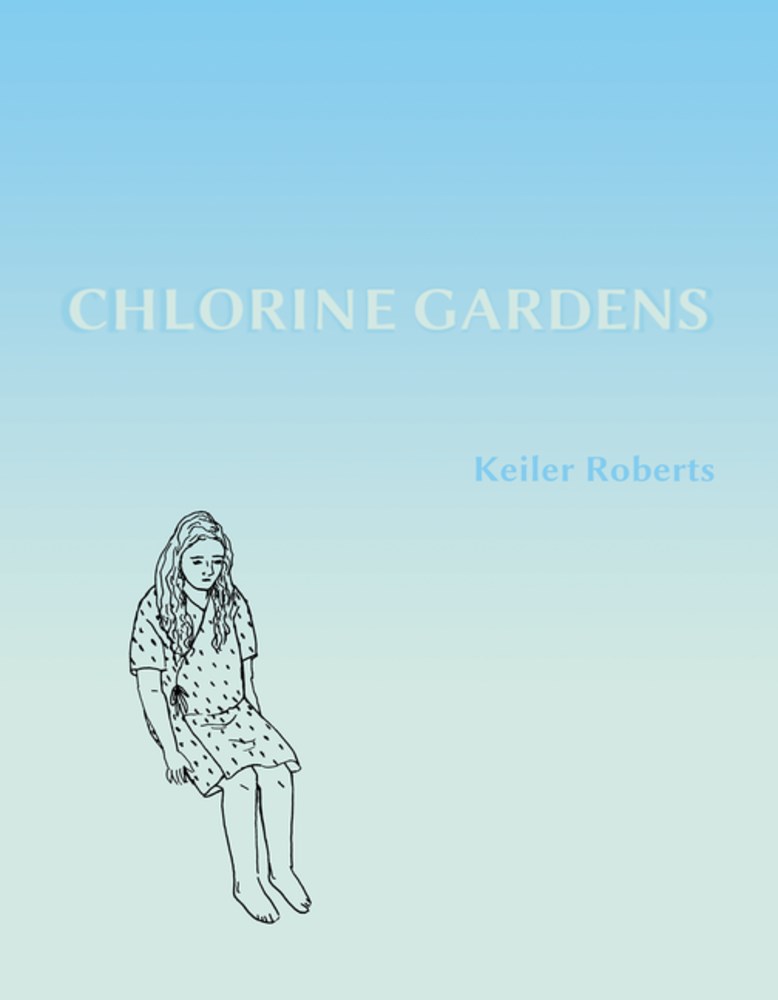
10. Chlorine Gardens, by Keiler Roberts (Koyama Press, 2018) – Memoir may seem personal, but it is a deeply performative kind of writing. No one is better at turning the mundane into deadpan but absolutely hilarious material than Roberts. In this loose series of autobiographical vignettes that put her own persona front and center for the first time, Roberts displays the rare ability to be honest about her mental and physical struggles while turning them into consistently funny stories. Her expressive and immediate drawing style, which is key to the overall emotional honesty of the book, pulls the reader into each scenario.
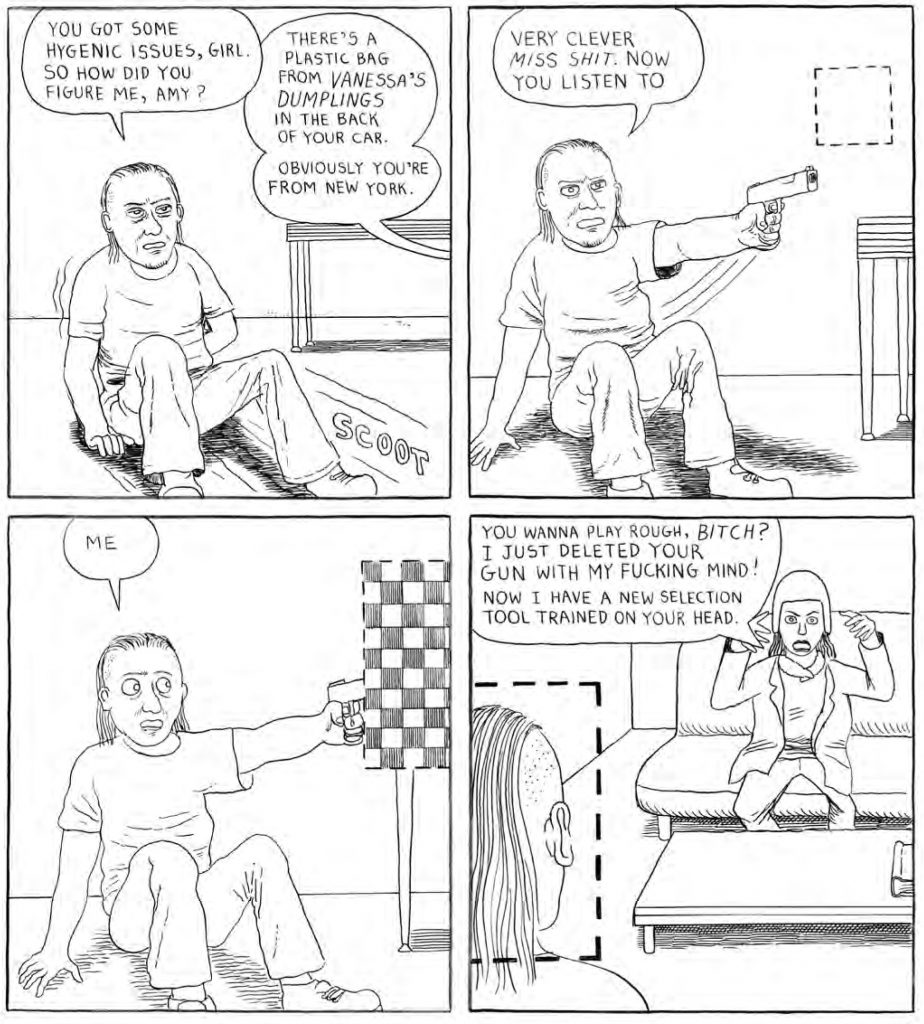
11. Infomaniacs, by Matthew Thurber (Drawn & Quarterly, 2013) – One of the premier humorists in comics, Thurber’s satire of internet and capitalist culture is, in turn, absurd, trenchant, and exciting. There’s a balance of Dada culture-jamming absurdity, rock-solid gags, and fluid action sequences that give the book a sense of urgency and forward movement. Its silliness masks but also amplifies its thematic complexity, and Thurber always stays a beat ahead of running a gag into the ground.
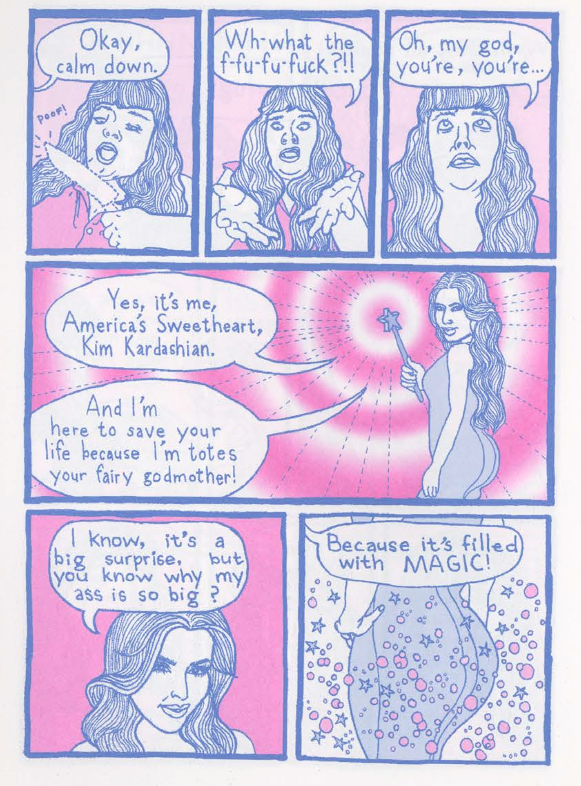
12. Someone Please Have Sex With Me, by Gina Wynbrandt (2d cloud, 2016) – This is a comedic, feminist tour-de-force about desire, agency, and personhood in a world that both degrades and shames women. Employing a static, naturalistic style that is warped with exaggerated gestures, Wynbrandt’s comics examine her obsession with romantic tropes and pornographic signifiers as false goals. She pushes the envelope in how she exploits celebrity, social media, and popular culture in general and does so with hilarious effect.
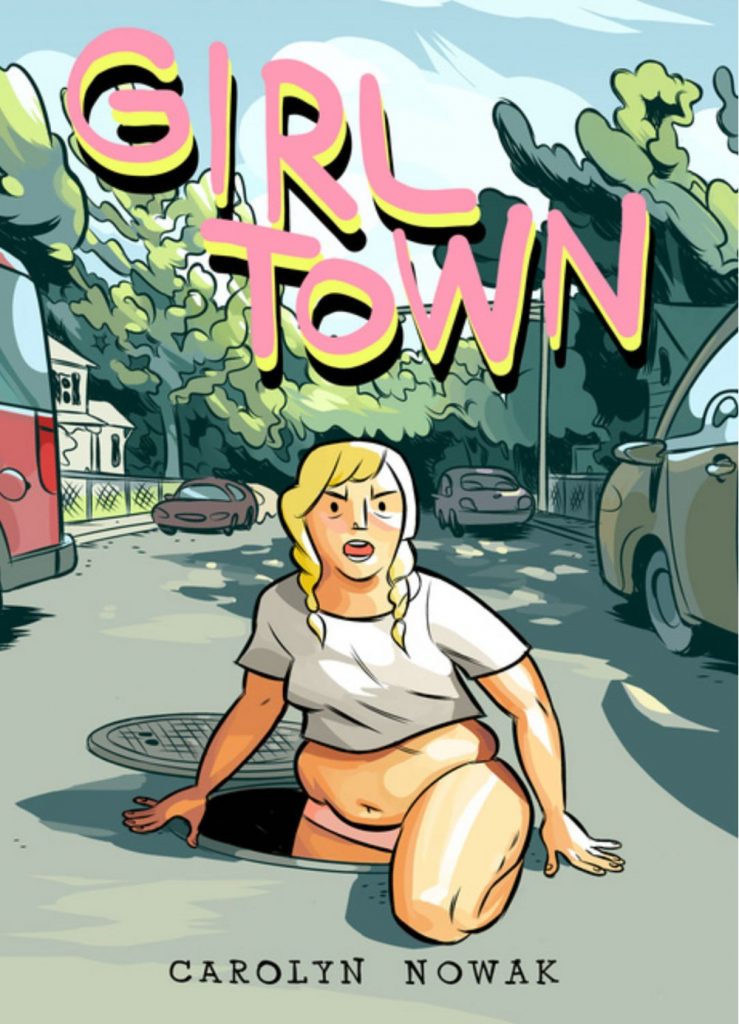
13. Girl Town, by Casey Nowak (Top Shelf, 2018) – Nowak’s collection of short stories about women’s friendships and relationships has a breezy feel that disguises its emotional complexity. Working in genres like fantasy and science-fiction, the key to understanding Nowak’s stories is the painful through-line of unprocessed trauma. The crackling verisimilitude of Nowak’s dialogue; her intuitive, innovative and expressive drawing; and her ability to mix the absurd with the tragic make this a deep and rich reading experience.

14. The Heavy Hand, by Chris Cilla (Sparkplug Comic Books, 2010 – This dizzying fusion of thematic elements such as monsters, conspiracies, slice-of-life romance, road stories and much more transcends any particular element. Like a masterful DJ interweaves and juxtaposes sounds to create something new, so too does Cilla overlap genre images and conventions in an exhilarating and disorienting fashion. This is a book filled with dream logic: a psychedelic understanding of one’s environs (feeling connections where there are none) or simply an apprehension of reality as more of a liquid state than a solid one. As such, it requires a reader that is flexible enough to follow a narrative that’s fluid to the point of slipping through one’s hands but viscous enough to hold on to if one pays close enough attention.
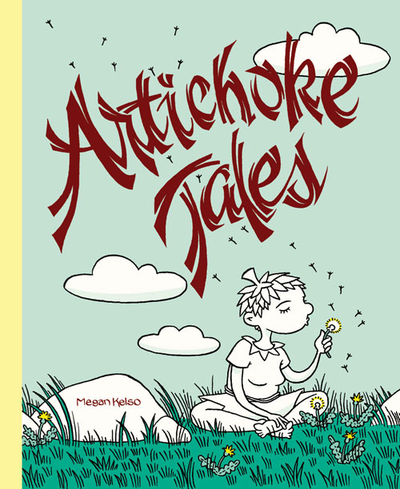
15. Artichoke Tales, by Megan Kelso (Fantagraphics, 2010) – This is Kelso’s masterwork: a meditation on war, ethnicity, and family relationships that pauses long enough to let the reader understand what’s at stake in terms of the narrative. However, the book refuses to provide easy answers for the ethical quandaries faced by its characters. Kelso’s ability to humanize the participants of both sides of a war adds to the complexity of the narrative, as there are no clear-cut heroes or villains. There are just those who have managed to survive and bear their emotional burdens.
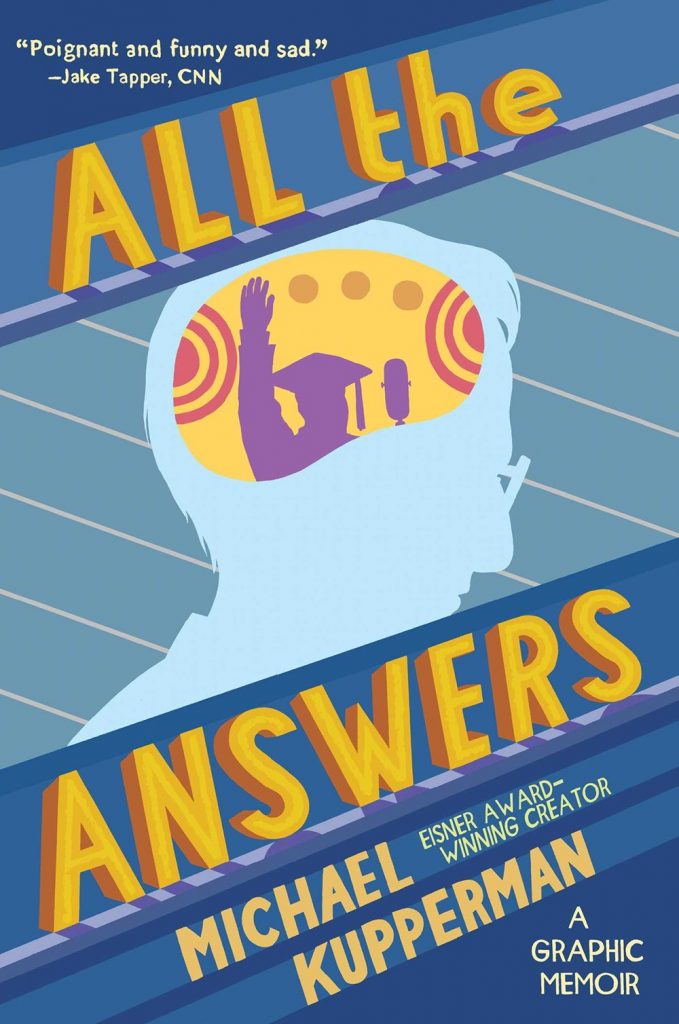
16. All The Answers, by Michael Kupperman (Gallery 13, 2018) – Humorist Kupperman’s deeply intimate memoir about his former child prodigy father, Joel, is really an investigation of how trauma can be transmitted to one’s children.. There are no pat resolutions or cathartic moments in Kupperman’s conversations with his father, nor even a sense of if he did the right thing in writing this book. Kupperman’s stiff and slightly surreal style is a surprisingly fitting one for a story about appearances vs. reality.
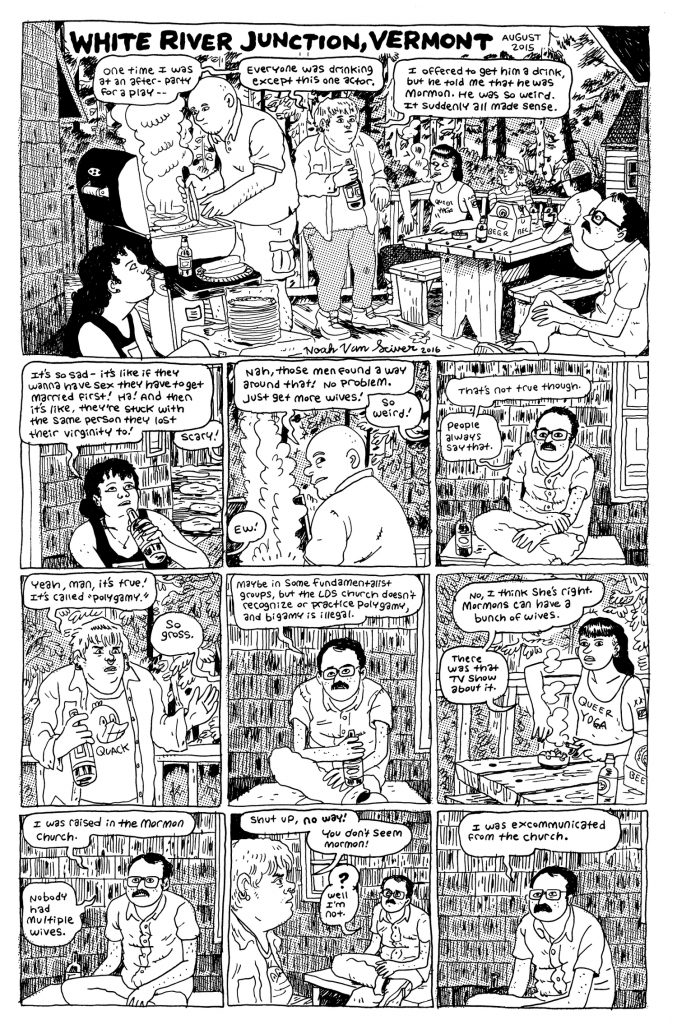
17. Blammo #9, by Noah Van Sciver (Kilgore Books, 2016) – Van Sciver is yet another generational talent who broke out this decade and produced a number of outstanding works. My favorite was this particular issue of his one-man anthology as it found him at a personal and artistic crossroads. The stories range from absurd blackout gags to autobiographical accounts of being at the Center for Cartoon Studies, from fiction to faux-autobiography inspired by Woody Allen. At the center of each story is the question: what does it mean to be an artist? Van Sciver’s clear confidence as storyteller makes his explorations all the more convincing.
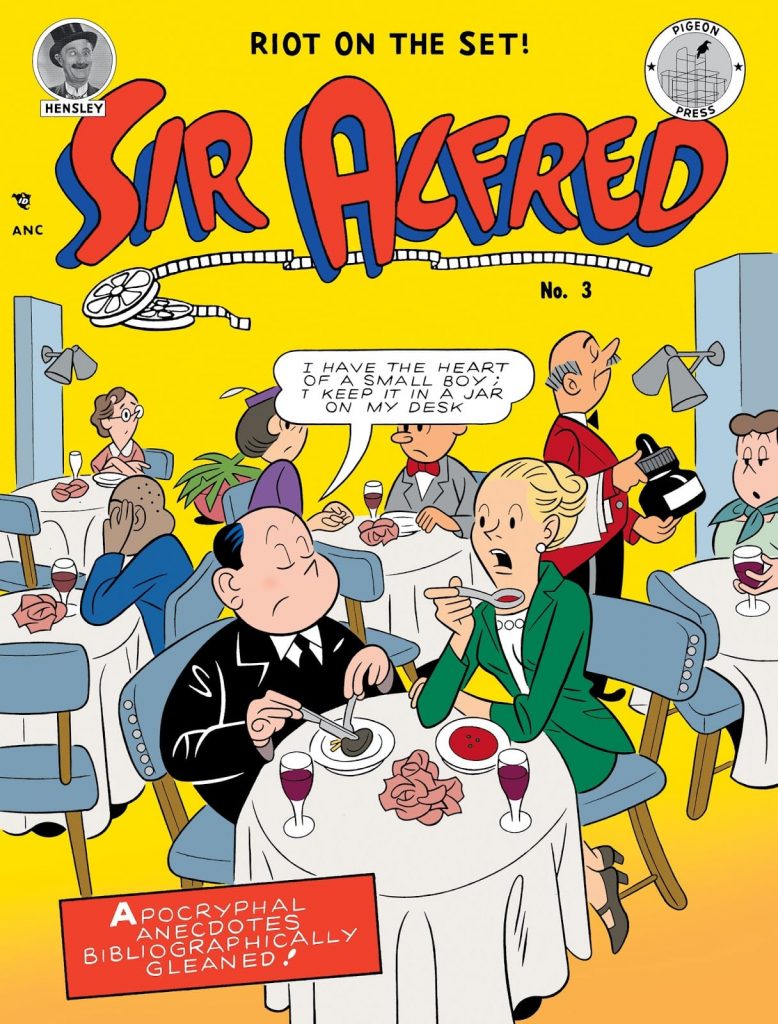
18. Sir Alfred #3, by Tim Hensley (Buenaventura Press, 2016) – This is an exquisitely packaged item that looks like a lost John Stanley comic book from Dell. Hensley’s mix of perfect character design, sharp gag instincts, and meticulously-researched details of the life of film director Alfred Hitchcock feels like an artifact that shouldn’t exist. It’s a mixture of fascinating behind-the-scenes detail and a brutal takedown of a problematic artist that takes its conceit to the very limit.
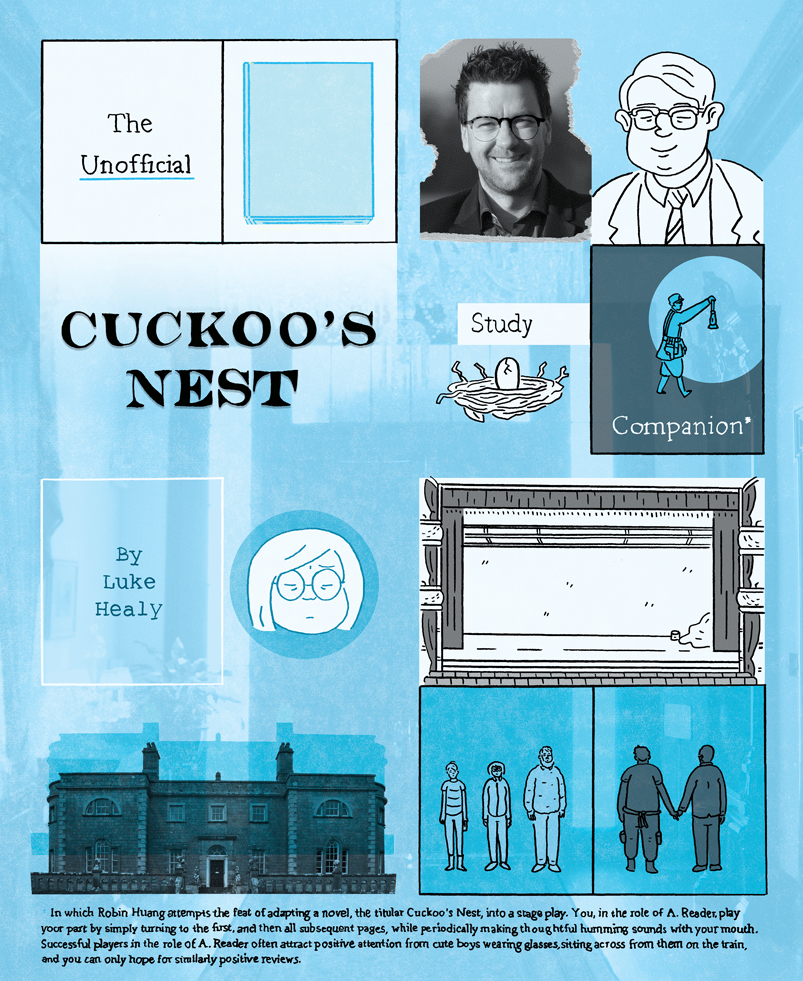
19. The Unofficial Cuckoo’s Nest Study Companion, by Luke Healy (Self-Published, 2016) – This is a comic about adaptation, as a director is given a big opportunity to adapt an obscure but award-winning book. Written as a hybrid between script and comic, Healy’s central metaphor is that of an intricate stage mechanism, wherein trying to reduce something that is irreducibly complex can only result in breakdowns, physical and otherwise. All of Healy’s formal cleverness leads to revelations that serve to humanize the characters even further, building empathy and underlining connections in a sharp and deeply personal way. The ending, in a story about adapting a story with no end, is perfect and apt, and it absolutely earns the quietly powerful emotion of the final page.
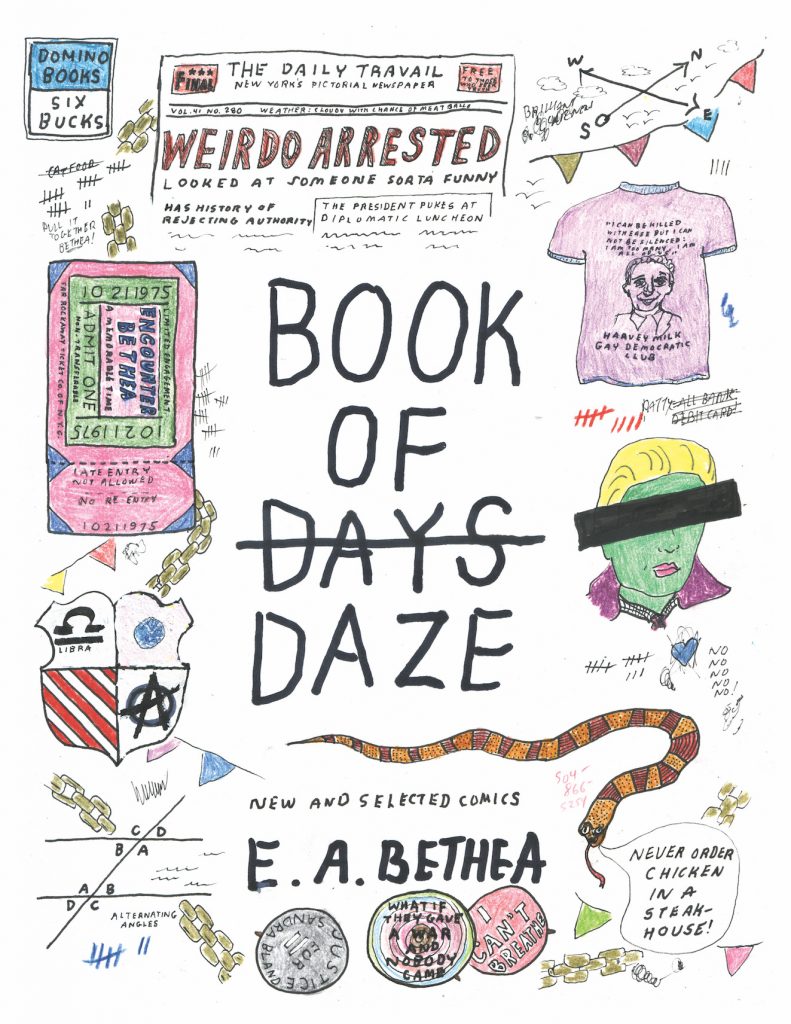
20. Book of Days Daze, by E.A. Bethea (Domino Books, 2017) – This collection of short works highlights Bethea’s fever dream confessions. Her comics have the cadence of poetry, the text and images coalescing into commentaries on visual detritus, hilarious non-sequiturs, charged sexual memories, and fascinating personal and cultural details. It is beauty and sex and desire and thought all at once, because what Bethea reveals over and over is that they should never be considered as separate things.
READ MORE


Leave a Reply